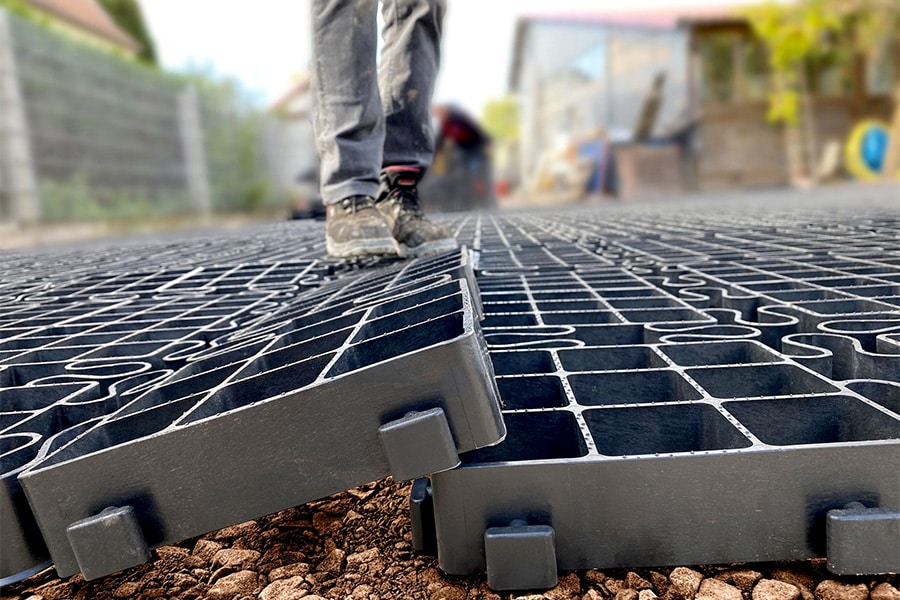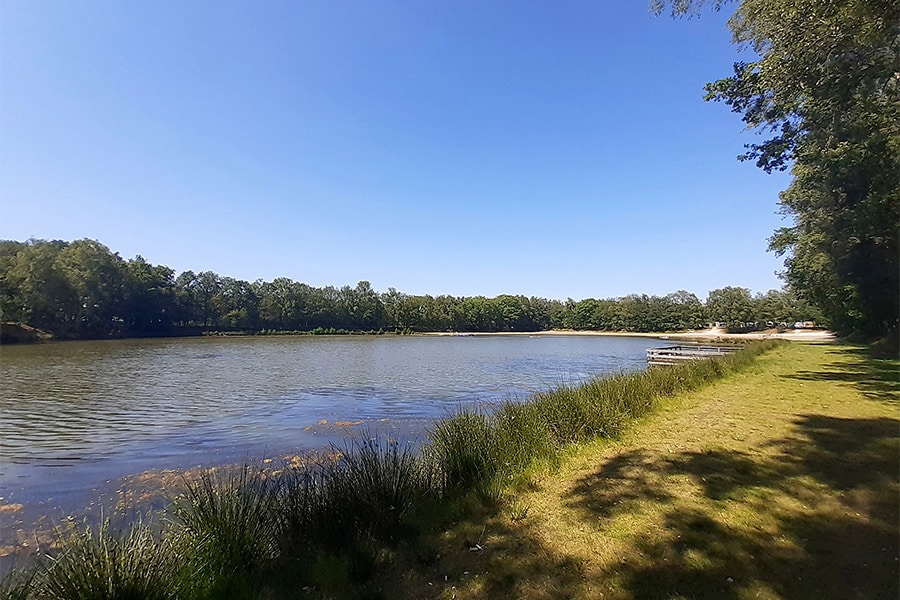
Working according to the RAMS(HEC) principle is absolutely recommended
The essence of this principle is to make explicit the performance level of these parameters, which represent reliability, availability, maintainability, safety, health, environment and cost. Working in accordance with the RAMS(HEC) principle increases the quality of both service and product, optimizes performance and ensures safer operations, all at less cost and less risk of failure.
Colt International BV works according to the RAMS(HEC) method. We talk with Erik Peeters, commercial manager fire safety and with Stan Veldpaus, project consultant smoke control systems. They explain what RAMS(HEC) means for Colt and its customers and illustrate this with practical examples.
Investing upfront means reaping the benefits later
Stan opens the conversation, "Colt points out RAMS(HEC) to its customers at an early stage.
RAMS(HEC) can be approached scientifically but by following the pillars of RAMS(HEC) with common sense, great strides can be made without too much depth and thus loss of time. By investing in this upfront, one can reap the benefits at a later stage. An example: Suppose a fan is placed somewhere with a crane and the contractor builds everything shut afterwards. How then to replace that fan in the future when needed? Then construction has to be broken and rebuilt. That takes a lot of time and a lot of money. It can also happen that a grate is placed near a fan room, but without a grate that can flip open. Then you have gained nothing in terms of accessibility and will have to take drastic steps in case of maintenance or failure. By doing risk analyses in advance, you arrive at the quantification of RAMS(HEC) parameters, at the product and process level. Simply put, in the case of the aforementioned fan, this means that maintenance, repair or replacement is taken into account in advance, in the fastest and least costly way. At Colt, the choice of a particular product is also made according to RAMS(HEC). In Rotterdam, for example, at the RET. There, one type of fan was used at all locations. For some locations this is overpowered, but it is immediately clear which make and model is encountered everywhere, it is easy to maintain and the parts are readily available and interchangeable so that only a limited number of spare parts are required."

Thinking about maintainability and economic feasibility
"Colt has been working with RAMS(HEC) on its own products and methods for a long time," Erik explains. "We think about whether what we build is maintainable and economically feasible. A good example is our work at the Velserspoort Tunnel, which was renovated in 2008. That was the first project built under systems engineering. The call for tenders included two very large fans with ditto capacities. Our advice according to RAMS(HEC) was: place 8 fans per shaft with a size and power in accordance with easily obtainable commercial sizes. This is a good degree of redundancy, as the project requirement stipulated that the tunnel had to be closed in the event of a 25% failure. Had you applied the original option, the tunnel would have had to be closed in case of failure of one of the two fans." Stan adds: "With our solution, less energy is used and the tunnel remains available in case of failure. Those eight fans eventually got there through a VTW (request for change)."
RAMS(HEC) helps oversee the consequences of decisions made now. "Fortunately, clients are no longer looking only at initial costs, but also at TCO (total cost of ownership). By going through RAMS(HEC) step by step, good decisions can be made," Stan suggests. In conclusion, Erik says: "The first strokes in the field of RAMS(HEC) have already been made with clients as well, however, the sector may start picking it up more, especially considering the fact that this has been around for a while and it fits completely within today's requirements: less disruption, more sustainable and safer."



